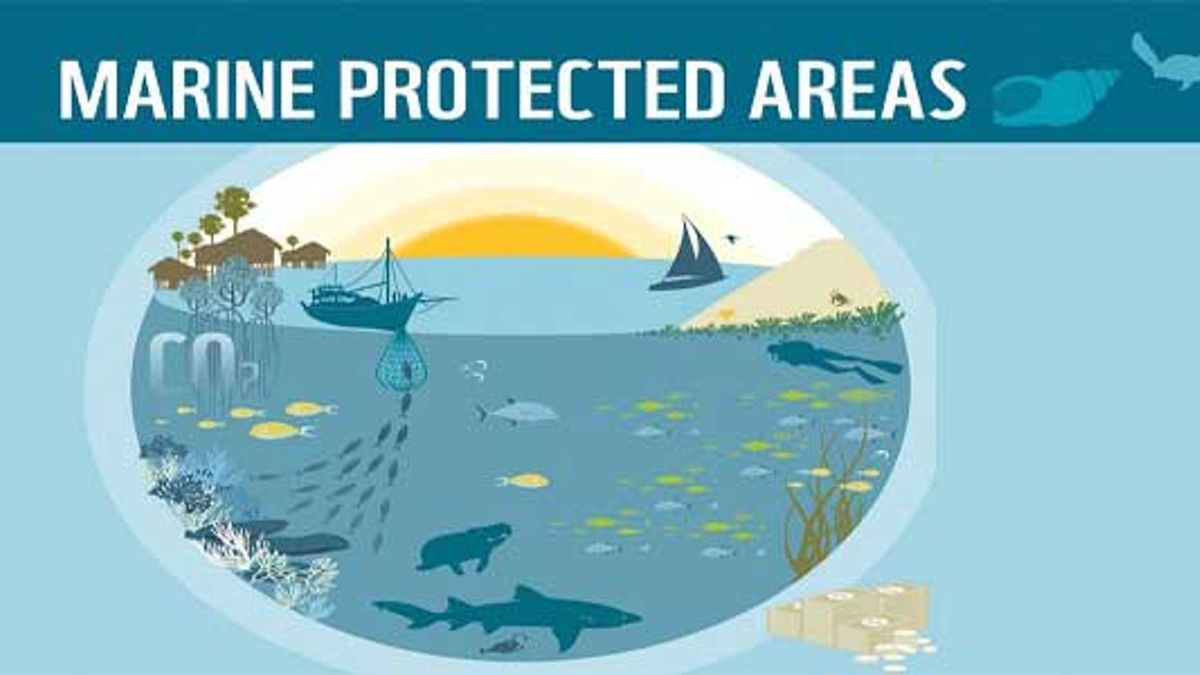UPWELLING AND DOWNWELLING-उत्थान और पतन
Upwelling
Where Ekman transport moves surface waters away from the coast, surface waters are replaced by water that wells up from below in the process known as upwelling.E.g.
InNothern Hemisphere if wind blows south.
In Southern Hemisphere if wind blows North.
Ekman transport-
Coriolis effect plus the frictional coupling of wind and water (Ekman transport) cause net movement of surface water at about 90 degrees to the right of the wind direction in the Northern Hemisphere and to the left of the wind direction in the Southern Hemisphere.
Upwelling takes place along much of the equator.
Upwelling is most common along the west coast of continents (eastern sides of ocean basins).
In the Northern Hemisphere-
1-On West coasts–
Winds blowing from the North–
The Northern Hemisphere, upwelling occurs along West coasts (e.g., coasts of California, Northwest Africa) when winds blow from the north (causing Ekman transport of surface water away from the shore).
2-On Eastern coasts-
Winds blowing from the south–
cause upwellingalong continents' Eastern coasts in the Northern Hemisphere, although it is not as noticeable because of the western boundary currents.
In the Southern Hemisphere-
1-On West coasts-
Winds blowing from the south–
Upwelling also occurs along the west coasts in the Southern Hemisphere (e.g., coasts of Chile, Peru, and southwest Africa) when the wind direction is fromthe south because the net transport of surface water is westward away from the shoreline .
2-On Eastern coasts-
Winds blowing from the north-causesupwelling along the continents'eastern coasts in the Southern Hemisphere.
The El Niño and La Niña episodes are example of upwelling &Downwelling .
During El Niño, upwelling weakens or stops altogether .
During a La Niña the trade winds are unusually strong, leading to increased upwelling and transport of deep, cold water to the surface
Coastal upwelling and downwelling also influence weather and climate.
Along the northern and central California coast, upwelling lowers sea surface temperatures and increases the frequency of summer fogs.
Relatively cold surface waters chill the overlying humid marine air to saturation so that thick fog develops. Upwelling cold water inhibits formation of tropical cyclones (e.g., hurricanes), because tropical cyclones derive their energy from warm surface waters.
Downwelling
Where Ekman transport moves surface waters toward the coast, the water piles up and sinks in the process known as downwelling. This example is from the Northern Hemisphere.
The major upwellings in the ocean are associated with the divergence of currents that bring deeper, colder, nutrient rich waters to the surface.
Advantages of Upwelling-
-The Upwelling increased availability in upwelling regions results in high levels of primary productivity and thus fishery production.
Approximately 25% of the total global marine fish catches come from five upwelling’s that occupy only 5% of the total ocean area.
Upwelling’s that are driven by coastal currents or diverging open ocean have the greatest impact on nutrient-enriched waters and global fishery yields.
Disadvantages of Downwelling-
-On the other hand, in zones of coastal Downwelling, the surface layer of warm, nutrient-deficient water thickens as water sinks. Downwelling reduces biological productivity and transports heat, dissolved materials, and surface waters rich in dissolved oxygen to greater depths. This occurs along the west coast of Alaska.
|
Q-The Ninety East Ridge (90 East Ridge) is located in which of the following oceans? (MPPSC Pre-2023) (a) Arctic Ocean (b) Atlantic Ocean (c) Pacific Ocean (d) Indian Ocean Answer (d) Indian Ocean Q- Why the Aral Sea was called a ‘Dying Saline Lake’?(Answer in 50 words)-MPPSC MAINS-2021-World Geography Q. With reference to ‘Indian Ocean Dipole (IOD)’ sometimes mentioned in the news while forecasting Indian monsoon, which of the following statements is/are correct? (IAS Exam 2017) 1. IOD phenomenon is characterised by a difference in sea surface temperature between tropical Western Indian Ocean and tropical Eastern Pacific Ocean. 2. An IOD phenomenon can influence an El Nino’s impact on the monsoon. Select the correct answer using the code given below: (a) 1 only ,(b) 2 only ,(c) Both 1 and 2 ,(d) Neither 1 nor 2 ANS- C Q. The Great Barrier Reef is located in -(MPPSC PRE 2016) (A) Pacific Ocean (B) Indian Ocean (C) Mediterranean Sea (D) Atlantic Ocean Ans:- (A) |




.jpg)
.jpg)
.jpg)
.jpg)
.jpg)





